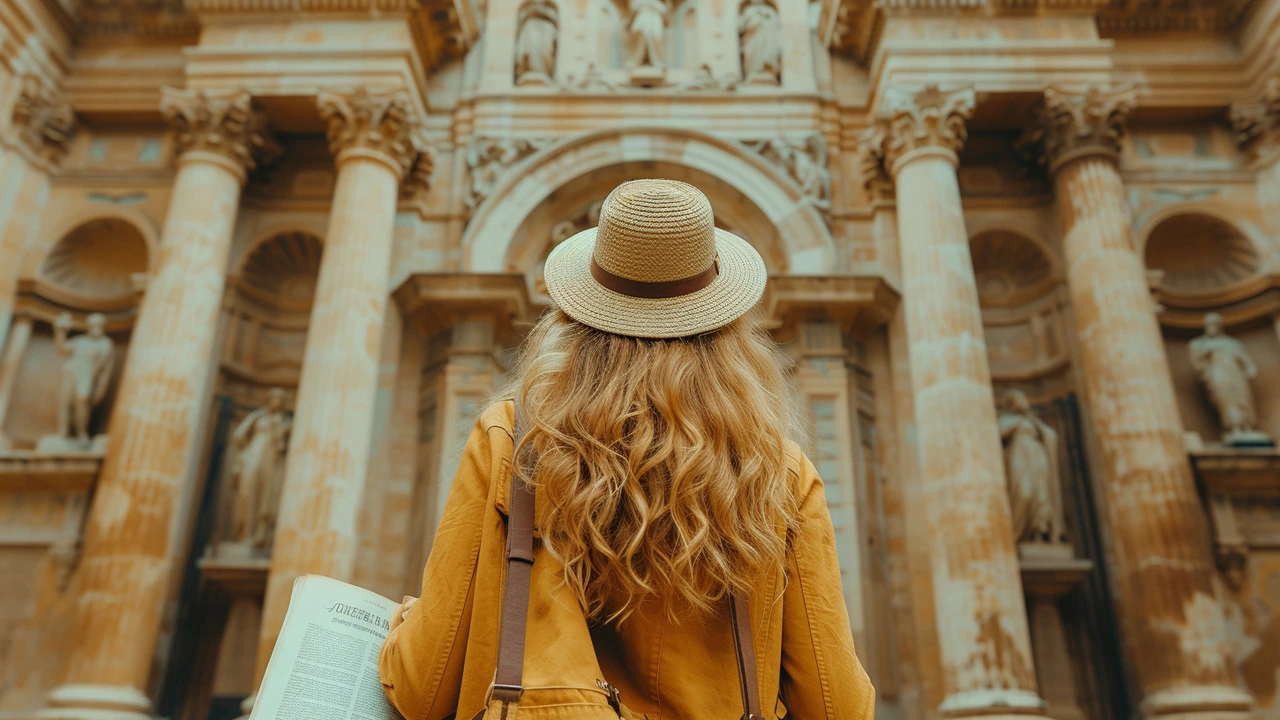Architectural Legacy: How Past Styles Shape Today's Buildings
Old styles still run our streets. From a Roman arch hidden in a subway station to a Craftsman porch on a modern house, past architecture keeps showing up. Knowing how these styles work helps you read a city, choose design details, or plan a renovation that feels honest and fresh.
Each historic style left tools architects still use. Romans gave us arches, vaults, and concrete thinking that let builders span large spaces. Gothic Revival taught designers how to use height, pointed arches, and light to create drama. Greek Revival brought columns and symmetry as a shorthand for formality and civic power. Beaux-Arts blended sculpture and planning to make public buildings feel grand. These are not museum pieces - they are building blocks for today.
Spot the clues
Want to spot a style fast? Look for a few clear signs. For Roman influence, check for rounded arches, thick masonry, or aqueduct-like lines. Gothic Revival shows pointed windows, steep roofs, and decorative tracery. Colonial styles favor symmetry, central doors, and multi-pane windows. Beaux-Arts often uses stone facades, grand stairs, and sculptural details. Once you know the clues, you'll start noticing them everywhere - on homes, libraries, train stations, and city halls.
Pay attention to materials and scale. Brick and heavy stone often signal older, traditional methods. Iron, glass, and sweeping curves point to later movements like Art Nouveau or Beaux-Arts adaptations. Scale tells you whether a designer wanted intimacy or a civic statement. A tiny cornice is personal; a massive colonnade demands attention.
Use the legacy today
Want to bring historic character into a modern project without turning it into a pastiche? Start small. Reuse a column motif at an entry or match window proportions from a local period. Combine old details with modern materials - a clean steel frame with a classical pediment or a simplified cornice with energy-efficient windows keeps balance. For renovations, focus on preserving defining elements: staircases, facades, and rooflines make the biggest visual difference.
Think about function, not just looks. Roman engineering lessons translate to strong arches and efficient spans. Gothic ideas about light can guide window placement and interior daylighting. Georgian and Colonial emphasis on proportion helps rooms feel balanced. Apply these principles to solve real problems: better circulation, natural light, or a clear front entrance.
Preservation also matters: reuse original materials when you can, and document changes. Seek local guidelines early; many towns have rules that make restoration easier if you follow a simple checklist. Good records save money and keep design honest and protect cultural value too.
If you're traveling, use this guide as a checklist: arches, columns, roof shapes, window patterns, and decorative scale. When picking a style for a new build, ask what story you want the building to tell - civic pride, domestic comfort, or bold creativity - and pick elements that match that message. Old styles aren't rules; they're a toolbox. Use them thoughtfully and your project will feel rooted and relevant.

Preserving the Legacy of Colonial Architecture
Hi there, friends! In today's post, we'll journey through time, exploring the beauty of colonial architecture. We'll discuss the key features that make these constructions unique and the significance they hold in our societal history. More importantly, we'll dive into the methods of preserving these cultural treasures, ensuring that our future generations appreciate these architectural marvels as much as we do. Join me in my journey of preserving and celebrating architectural legacies with a focus on colonial era buildings. Come, let's delve into history together!
Read more